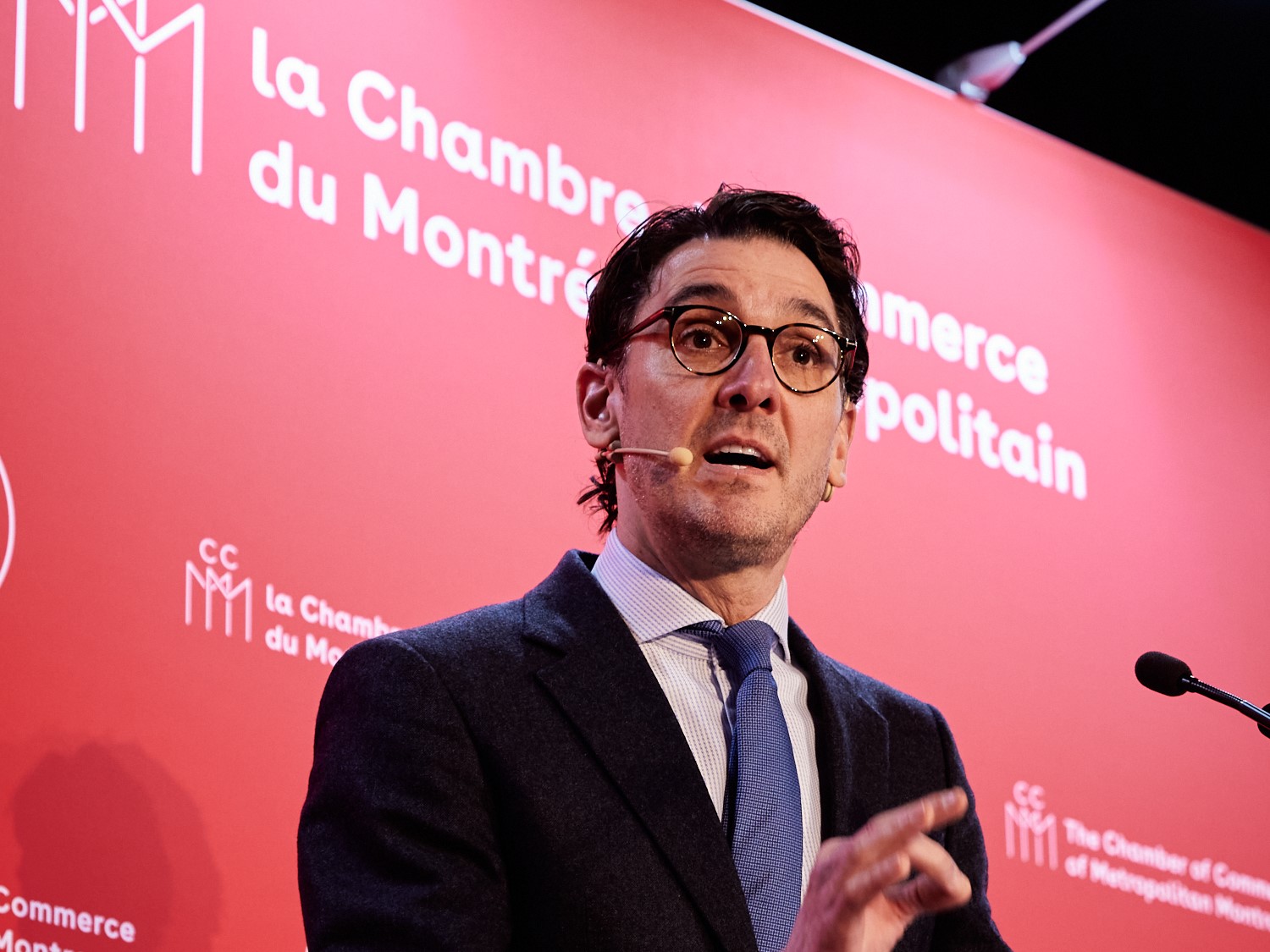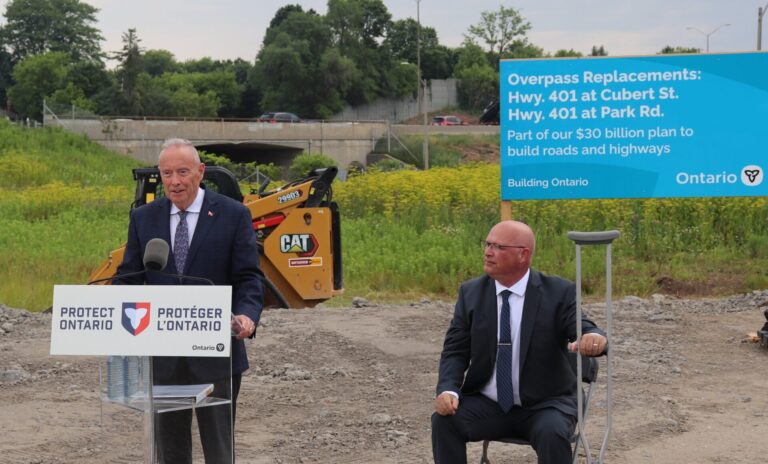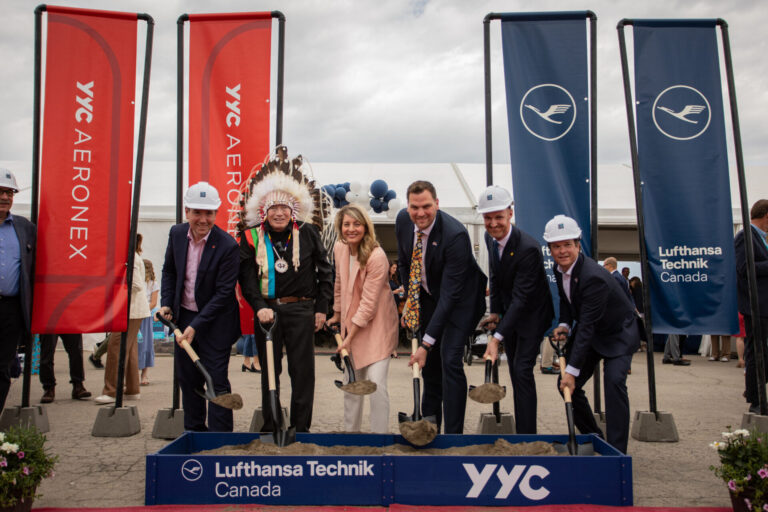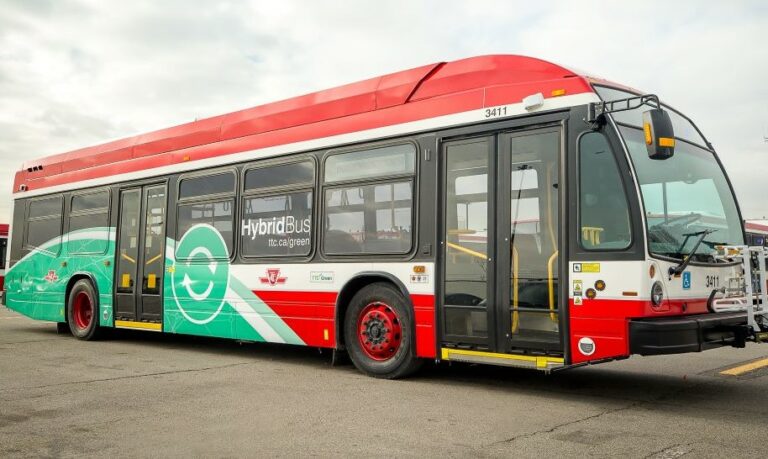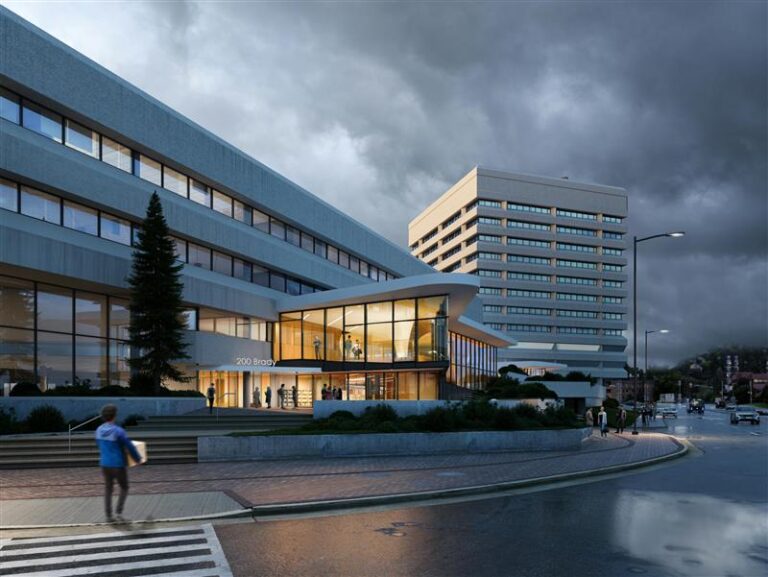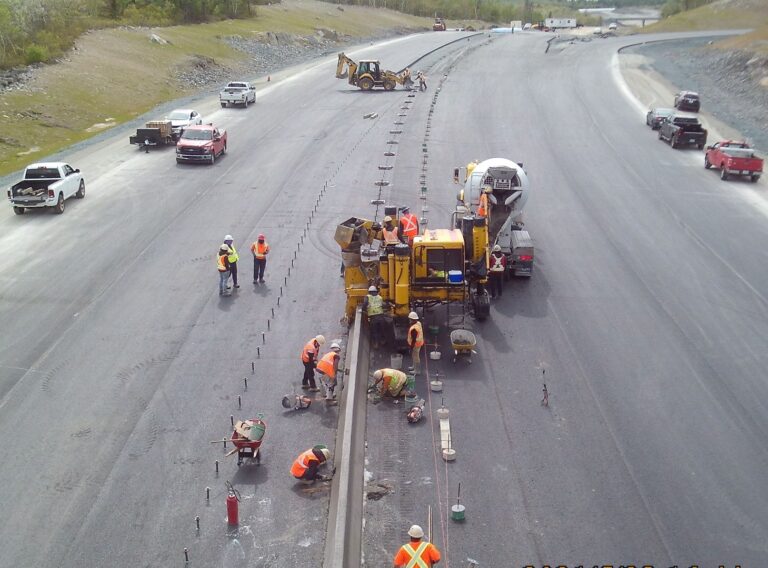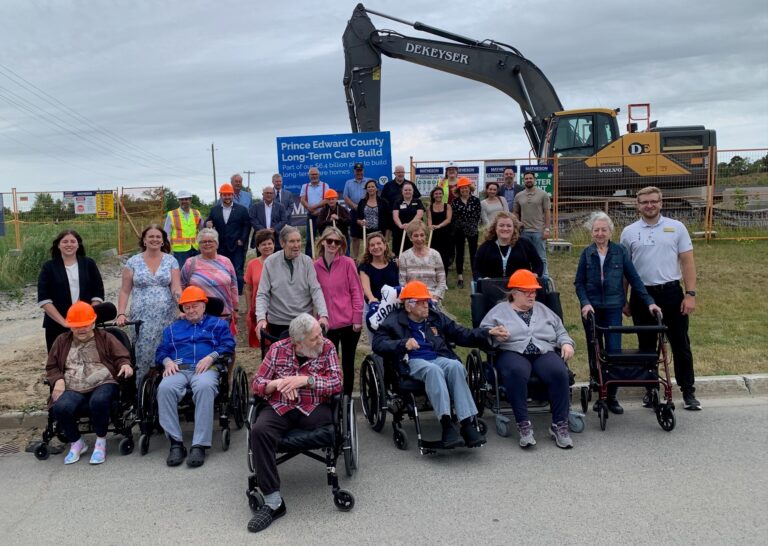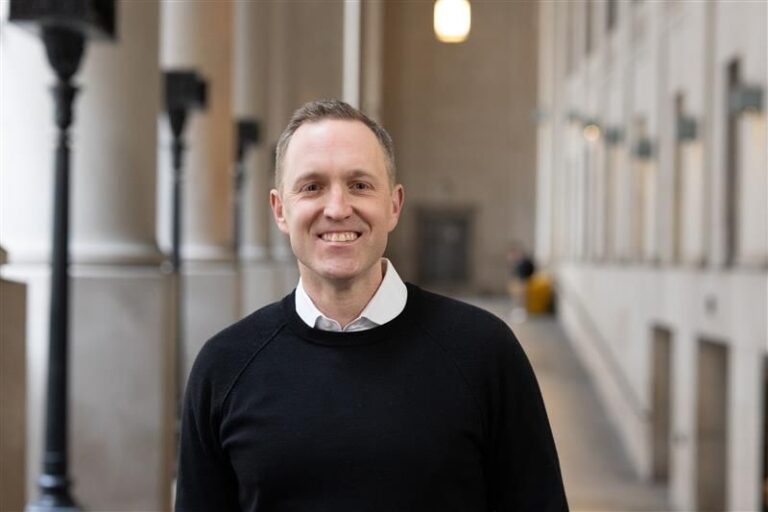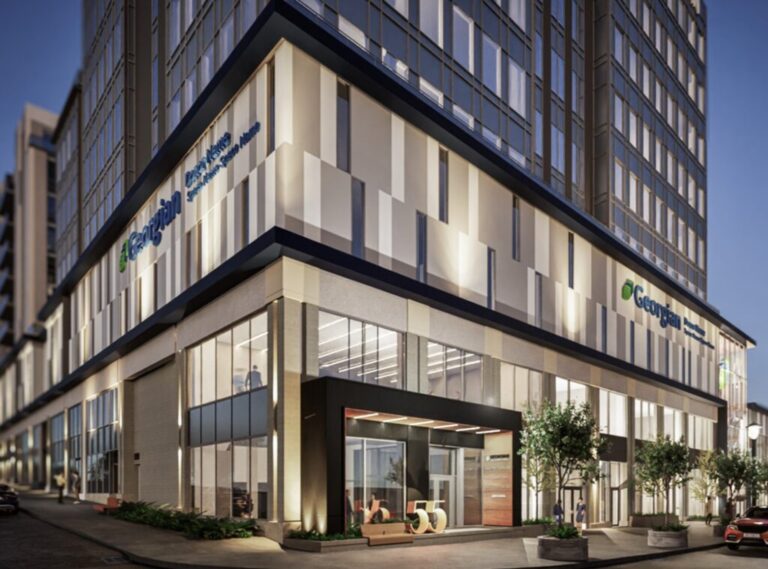During an address to the Chamber of Commerce of Metropolitan Montreal, Martin Imbleau, CEO of VIA HFR, presented a rapid passenger rail project between Quebec City and Toronto that has evolved considerably with the recent creation of a new federal Crown corporation entirely dedicated to its development.
This is the largest transportation infrastructure project in Canada since the construction of the St. Lawrence Seaway over 60 years ago.
The proposed network will extend over nearly 1,000 kilometres of dedicated and electrified tracks, with stops in Quebec City, Trois-Rivières, Laval, Montreal, Ottawa, Peterborough and Toronto.
“This project will be transformative for both Quebec and Canada,” Imbleau said during his speech. “We will bring cities closer together and connect three capitals and the country’s two biggest cities.”
The project has progressed in recent months. The objective is to put in place a rapid service, comparable to European standards, in the Quebec City-Toronto corridor, allowing passengers to get to their destination quickly and return on the same day thanks to frequent and reliable departures.
Imbleau noted that the tendering process is underway to select a private sector partner with strong expertise and experience. Three international consortiums are working on finalizing their application. They will have to submit proposals to minimize travel times, including scenarios where trains will run at 200 km/h, as well as an alternative with no speed limit, allowing trains to go “as fast as possible. We want to develop something that is fast, reliable, and frequent, comparable to European networks.”
It is therefore an ambitious project that will involve long-term collaboration with the selected partner to ensure the project’s success and sustainability, and taking into account the geography, demographics and our economy. “Taking our time now during the co-development phase is the best way to move quickly later. Let’s take the time to work intelligently to propose the outlines of a solid project.”
Imbleau said that Montreal will be at the heart of this transportation backbone, connecting communities from Quebec City to Toronto quickly and efficiently. This vision reinforces the city’s strategic positioning as a hub and its critical role in intercity connectivity. He also stressed the need to anticipate population growth throughout the corridor to provide a solution to traffic congestion, promote the development of intercity transport and contribute to the decarbonization of the transport sector.
Meanwhile, the project is also engaged in a proactive collaboration with Indigenous communities along the corridor. “We want this project to be a true vehicle for economic reconciliation with First Nations,” added Imbleau. “We will work with Indigenous communities to integrate their participation and make them partners.”
Imbleau concluded by saying the project will be a catalyst for change and inviting members of the Chamber of Commerce of Metropolitan Montreal to contribute to the success of the project, as it will reduce the distance between cities and offer more development opportunities where mobility will mean connectivity and growth.
Featured image: Martin Imbleau, CEO of VIA HFR, addresses the Chamber of Commerce of Metropolitan Montreal, February 20, 2024. (Josée Lecompte)

